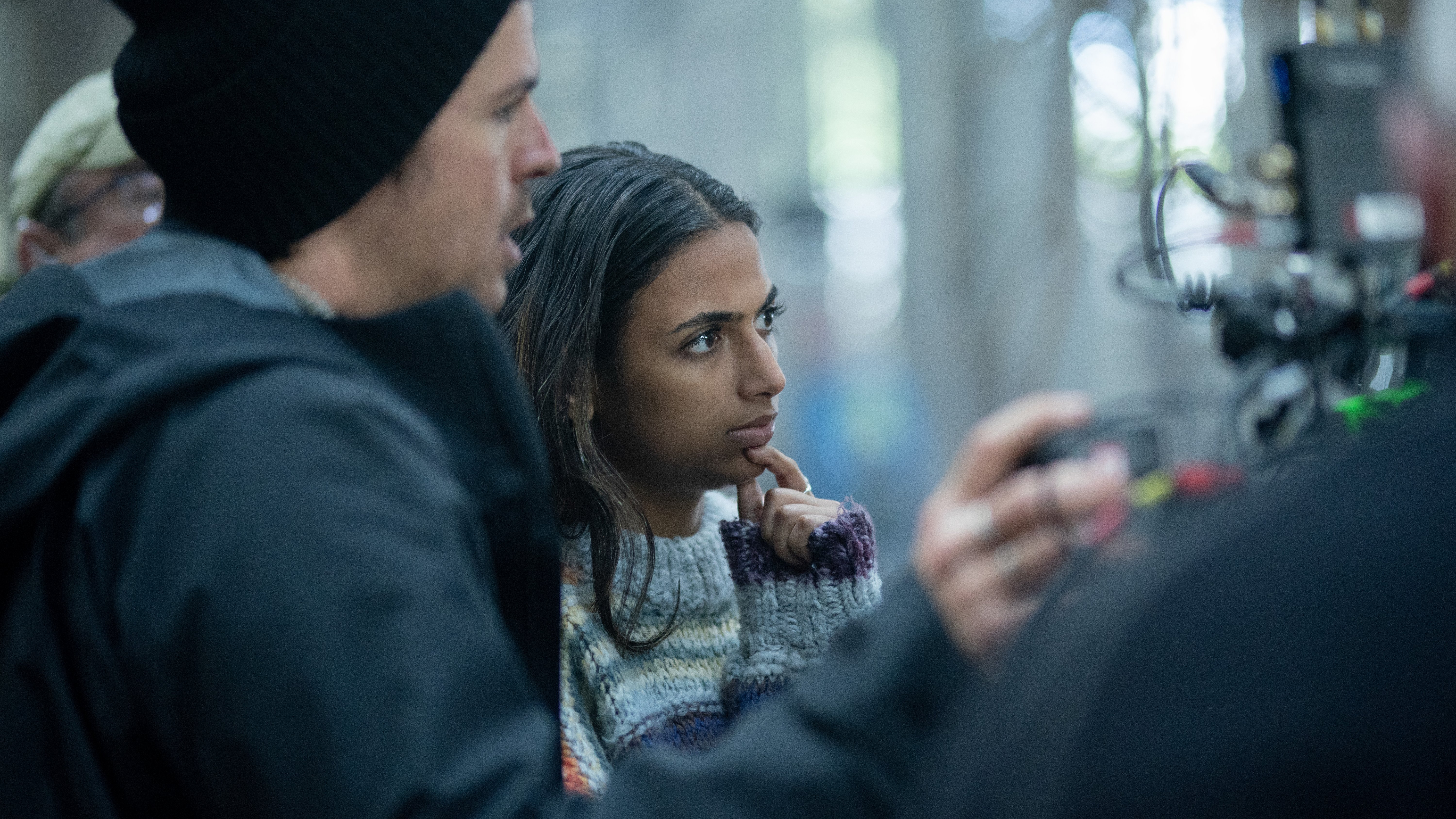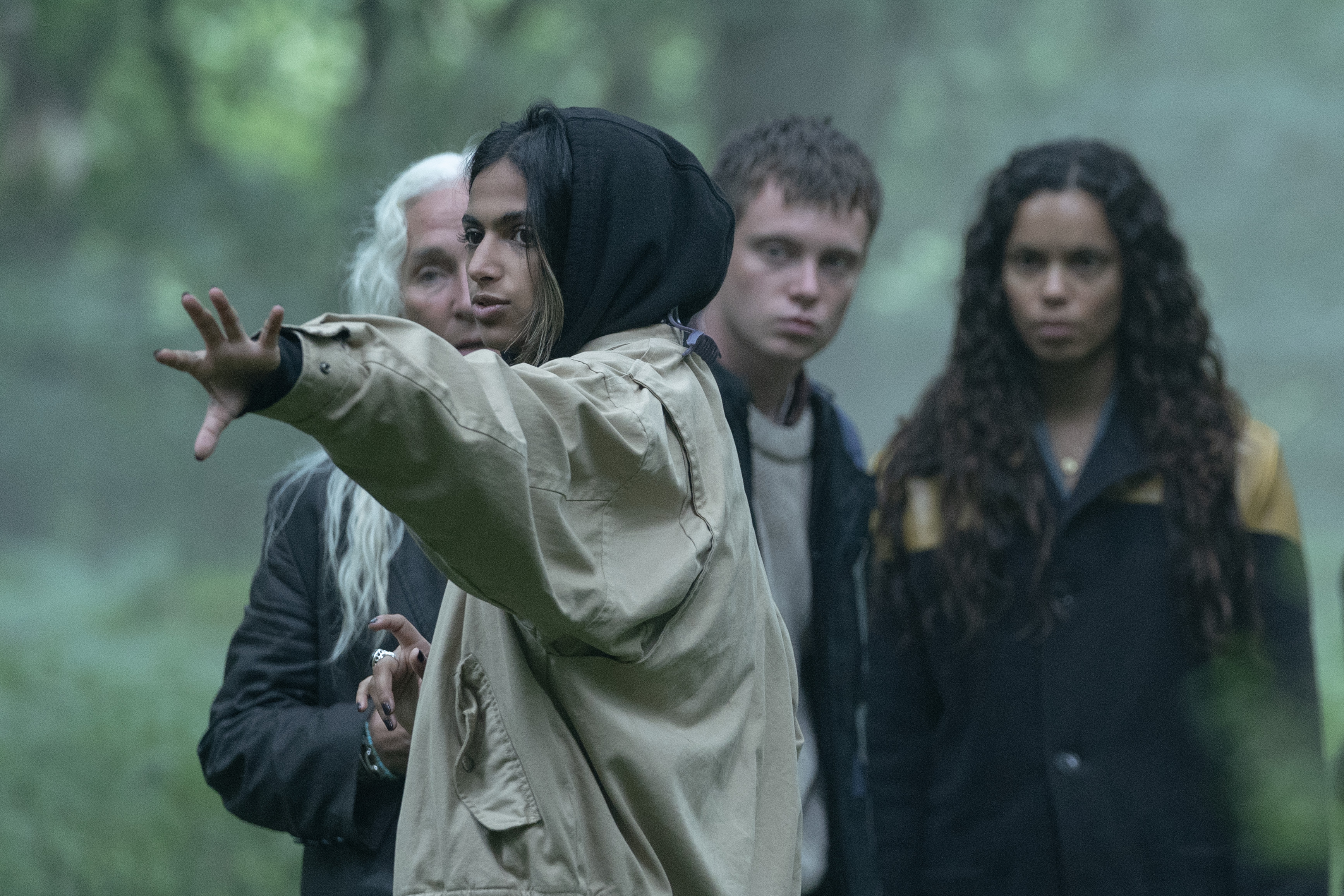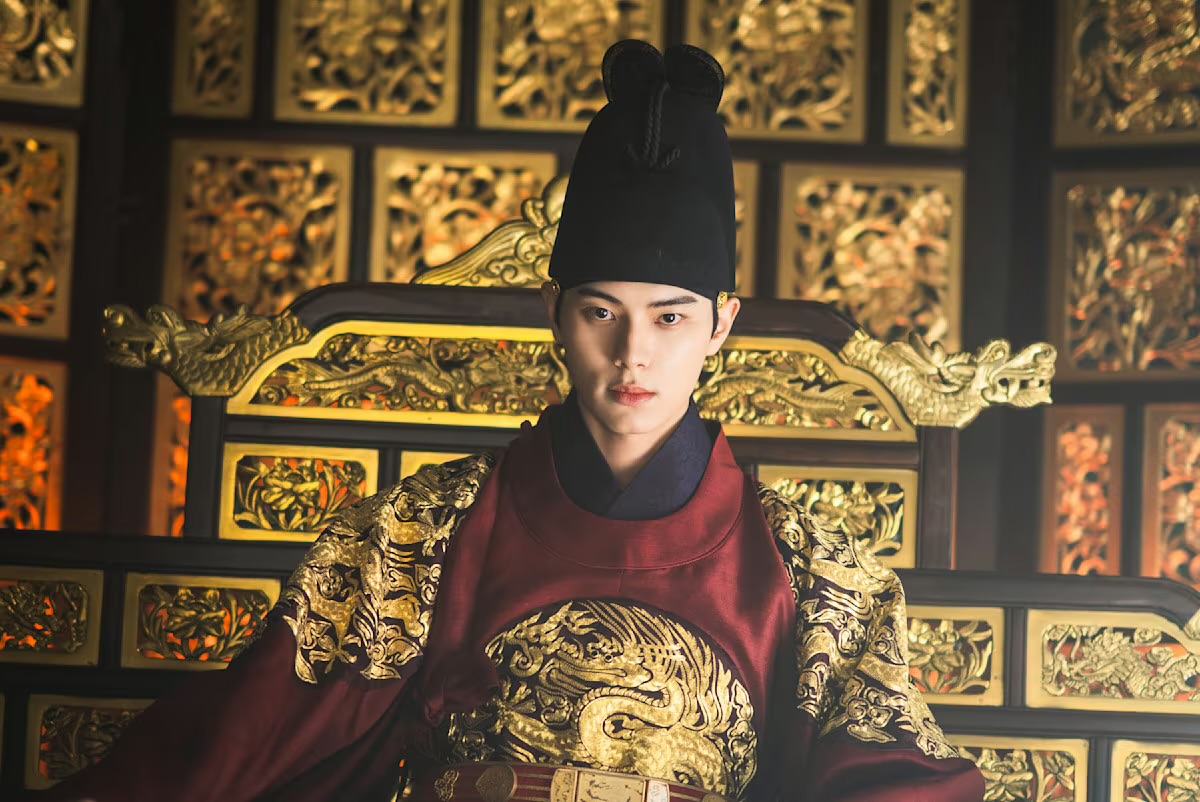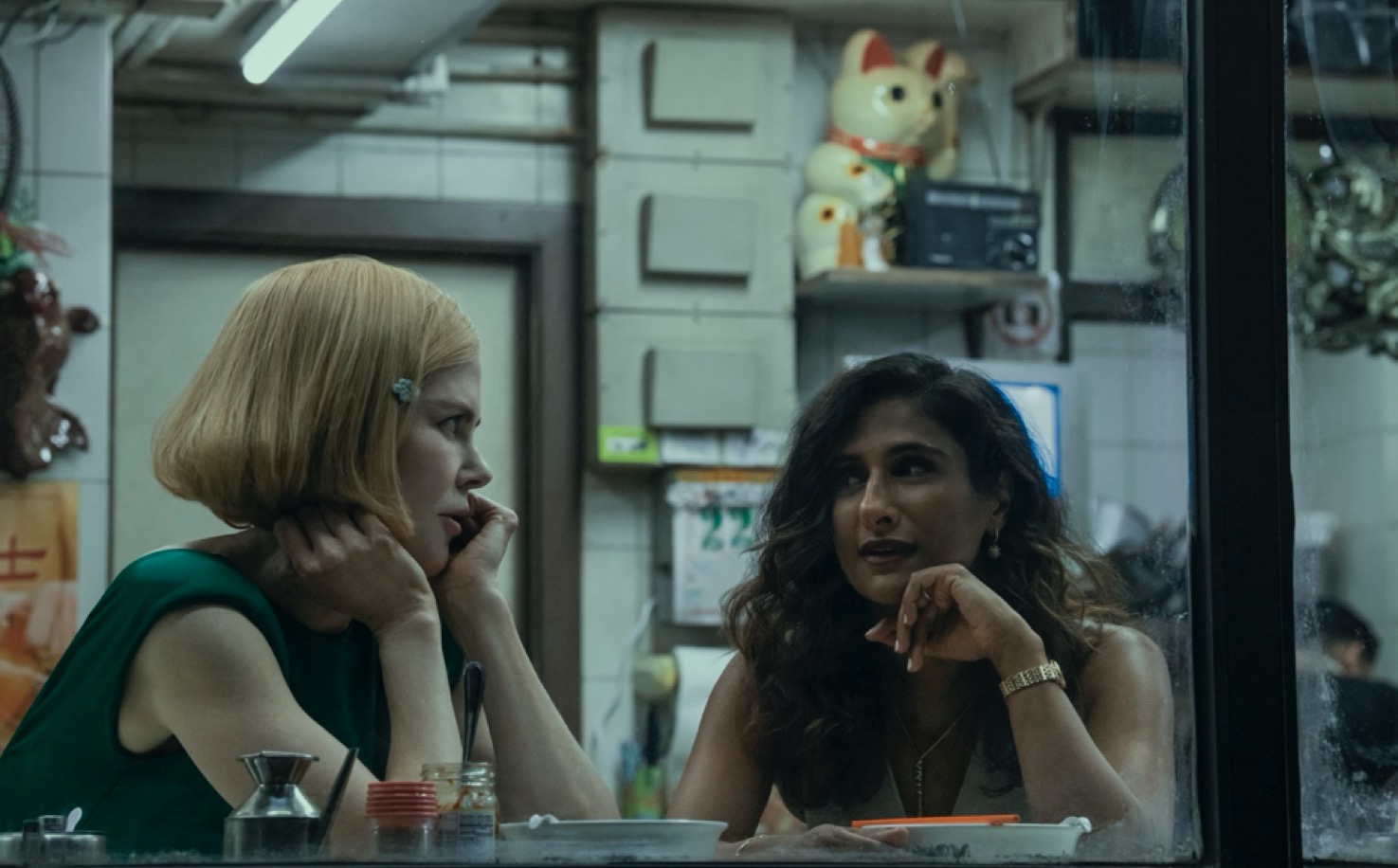
Deep in the remote forests of Ireland, twigs snap, shadows rip through darkness and 20-something-year-old Mina (Dakota Fanning) dashes for her only solace: a concrete bunker placed at the center of the woods. This is the bare-bones premise for the horror film “The Watchers,” adapted from A.M. Shine’s gothic horror novel of the same title. The movie follows sullen Mina, a pet shop clerk with a tragic past whose apathy lands her in the haunting Irish wilderness. There, she joins forces with three others who have been stuck in the solitary forest and must band together to make their way back to civilization. In a “Shyamalan” twist, it is not the patriarch of the family, M. Night, who took on this cinematic endeavor but his daughter, Ishana. “The Watchers” airs in theaters starting today, June 7, and is the Tisch School of Arts graduate’s first feature film.
From the physical demands of shooting on location in Galway, Ireland, to creative pauses and delegating what aspects of the book made it to the onscreen adaptation, Ishana Shyamalan did it all. Character Media sat down with the burgeoning director to ask about the making of “The Watchers,” whether filmmaking has always been for her and more.
Character Media: What was the most challenging part of taking on “The Watchers,” your first feature?
Ishana Night Shyamalan: I prepared myself early on, knowing the endurance level it takes to make a feature is quite high. Then, I found myself even more shocked and surprised at how much you need to make something of this scope. It was very much, throughout the process, a curation of myself [and] figuring out how I could create sustainable art.
CM: Did you read the novel first and then decide to adapt it?
IS: Yeah. The book came to us through a producer, and it was around that moment when I was starting to write different original features. I was so taken by the book. It felt [like] it had everything I was looking for, both as a reader and a viewer. The moment that I finished the book, I began the adaptation process.

CM: Have you written an adaptation before?
IS: No, it was the first time. [And] It was awesome. It gave me a level of safety; there was already this wonderful material to play with and touch back to when I was feeling stuck. Having some framework is helpful as an artist — [a] blank slate is the scariest thing ever.
CM: You shot in Ireland, right? How was that?
IS: It was wonderful. We shot most of the movie in Wicklow County, which is below Dublin. Then, we did like a week in Galway — I fell in love with the place. I fell in love with the people. I was totally enamored by it all. I feel very blessed that I got to make my first movie there because it’s a very artistic environment, a very warm environment.
CM: Touching on Irish folklore a bit, “The Watchers” includes a lot of these ancient stories. How did you familiarize yourself with the long-standing Celtic folklore?
IS: A lot of it came directly from [A.M. Shine] himself. He’s well-versed in the particular mythology we’re playing with. He told me what he was playing with and then gave me a bunch of texts that he had written [and] imagery [to] look at. I did that and just steeped myself in what is out there. It’s quite cool and something that the Irish consider very real and part of their lives.
CM: When you were filming in Ireland, were there moments when you saw some of the folklore within the spaces where you shot?
IS: [Superstition] exists in the culture — there are certain things you don’t say or do for a particular purpose. But, overall, the experience was definitely tinged with a bit of magic. The place itself has this kind of otherworldly essence to it.
CM: Did you learn a lot growing up with a father who was a director? Did that draw you towards horror, or was this novel just the “one?”
IS: I’m a horror lover myself, in some ways because that’s what I was shown growing up. But, for as long as I can remember, I’ve felt most connected to darker storytelling — playing with our darkest emotions and darkest selves. This was not a thought-through [decision] to go in the horror direction, but [it’s] just what I love.

CM: Totally. Also, your actors were incredible. How was it working with the talented cast?
IS: I feel so lucky. I don’t know if every filmmaker experiences this, but these four actors are so incredibly talented and were open to a lot of collaboration. I really enjoy that back-and-forth between actor and director. They bring a whole other life to the world that you’re creating.
CM: Have you ever acted before?
IS: No.
CM: No worries, I’m just wondering [laughs].
IS: Well, I did theater in middle school.
CM: Oh, that counts.!
IS: But no, I’m not good at it at all [laughs].
CM: Did you have any big inspirations that contributed to the film? You had the book, but what about people, film, TV, anything?
IS: Everything I was seeing at that moment became a part of this journey. “Onibaba” was a big inspo for the film. Wong Kar Wai‘s “Fallen Angels” was a big costume reference.
CM: Do you have a favorite horror film?
IS: “The Ring” is one of my faves ever, but in modern horror, I love “It Follows.” It’s a perfect film. It’s epic.
CM: I love Maika Monroe.
IS: Oh my gosh, she’s amazing.
CM: What are you most excited for people to see with your film?
IS: The blending of genres is really exciting. I’m playing with [what] I love, which is fantasy-horror intersection. There’s a real taste for that now, and I’m hoping people enjoy that flavor.
CM: One more thing: How did you know that film was for you? How did you fall into this?
IS: It was a discovery much later in my life, around [age] 16 or so. Watching films [growing up] was something very moving to me. I’ve always admired the art form itself. It was a bit of a flow to discover that it was a possibility for me to use this medium. All the pieces were kind [of] moving towards that, which was a surprise to me as well.
This article will appear in Character Media’s Annual 2024 Issue. Read our 2023 issue here.





